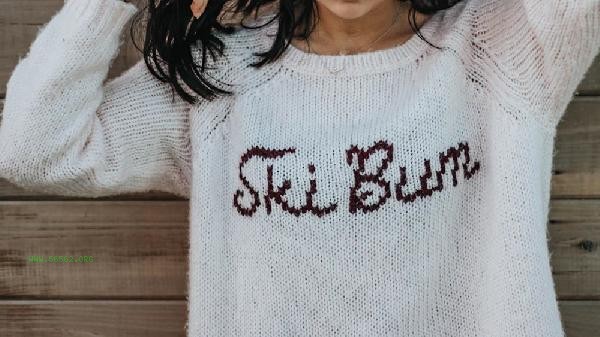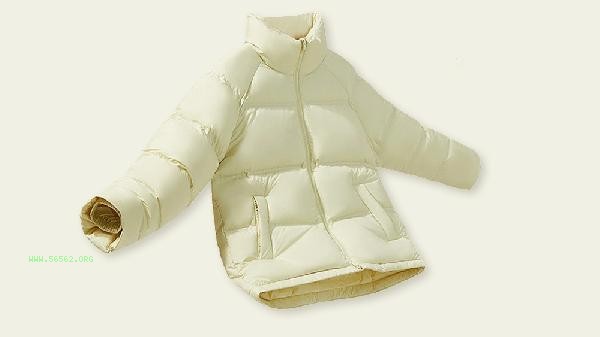Mold spots on clothes during the rainy season can be removed by soaking in white vinegar, scrubbing with baking soda, exposing to sunlight, wiping with alcohol, using professional mold removers, and other methods. Mold spots are mainly caused by the growth of mold in humid environments, and need to be treated in a timely manner to avoid damage to clothing fibers.

1. Soak moldy clothes in diluted white vinegar solution for about 30 minutes. The acidic components of white vinegar can effectively decompose mold. Natural fiber materials such as cotton and linen are suitable for this method. After soaking, they should be thoroughly rinsed with water to avoid residual acidity. If the mold is stubborn, it can be lightly brushed on the surface with a soft bristled brush.
2. Rub with baking soda
Mix baking soda powder with water to form a paste and apply it to the moldy area. Let it stand for 15 minutes and gently scrub. Baking soda's alkaline properties can neutralize fungal metabolites and make it more friendly to colored clothing. When handling delicate fabrics such as silk, it is necessary to reduce the concentration to avoid fiber damage.
3. Sunlight exposure
Place washed clothes in strong sunlight for more than 6 hours, and ultraviolet rays can kill residual mold spores. Dark colored clothing should be air dried on the back to prevent fading, and synthetic fabrics should be controlled in duration to avoid high-temperature deformation. This method is suitable as a supplementary measure to other mold removal methods.
4. Alcohol wiping

Use a 75% medical alcohol cotton ball to directly wipe the moldy area. Alcohol can quickly dissolve the fungal cell membrane. Special materials such as leather and suede are suitable for this method, and ventilation should be maintained away from sources of fire during operation. After processing, it is recommended to use leather conditioner for care to prevent dryness and cracking.
5. Professional mold remover
Choose a clothing mold remover containing hydrogen peroxide or chlorine based active ingredients, and perform local treatment according to the instructions. This type of product has a significant effect on severe mold growth, and gloves should be worn and operated in a well ventilated environment when using it. After processing, it is necessary to rinse thoroughly to avoid chemical residues that may irritate the skin.
To prevent mold stains, it is necessary to keep the wardrobe dry and ventilated. Before storing clothes, make sure they are completely dried, and a dehumidification box or activated carbon pack can be placed to absorb moisture. It is recommended to regularly inspect valuable clothing such as silk and wool, and deal with mold immediately if any is found. During the rainy season, try to choose fast drying fabrics for clothing, and air dry them promptly after washing in the washing machine to avoid secondary mold growth. If the mold area is too large or penetrates deep into the fibers, it is recommended to send it to a professional laundry shop for treatment.









Comments (0)
Leave a Comment
No comments yet
Be the first to share your thoughts!